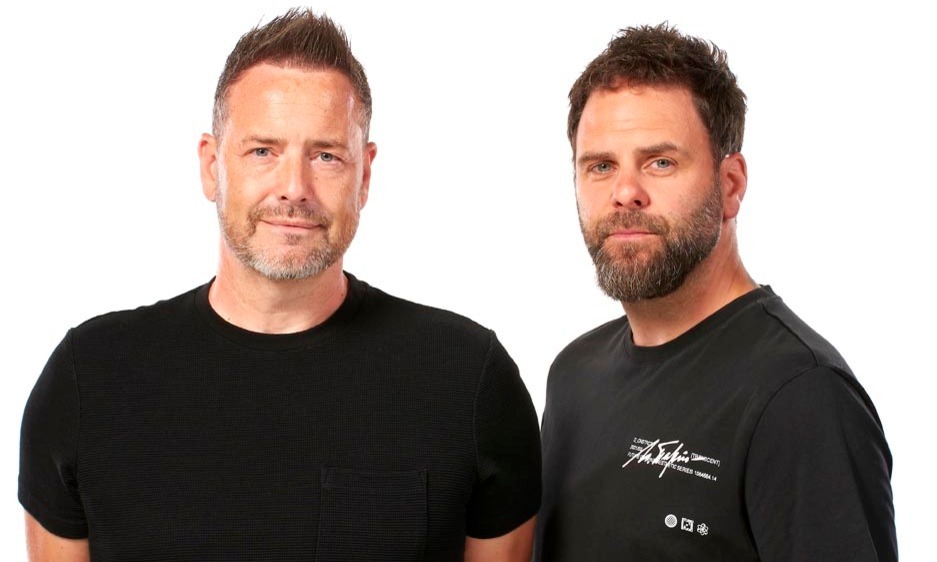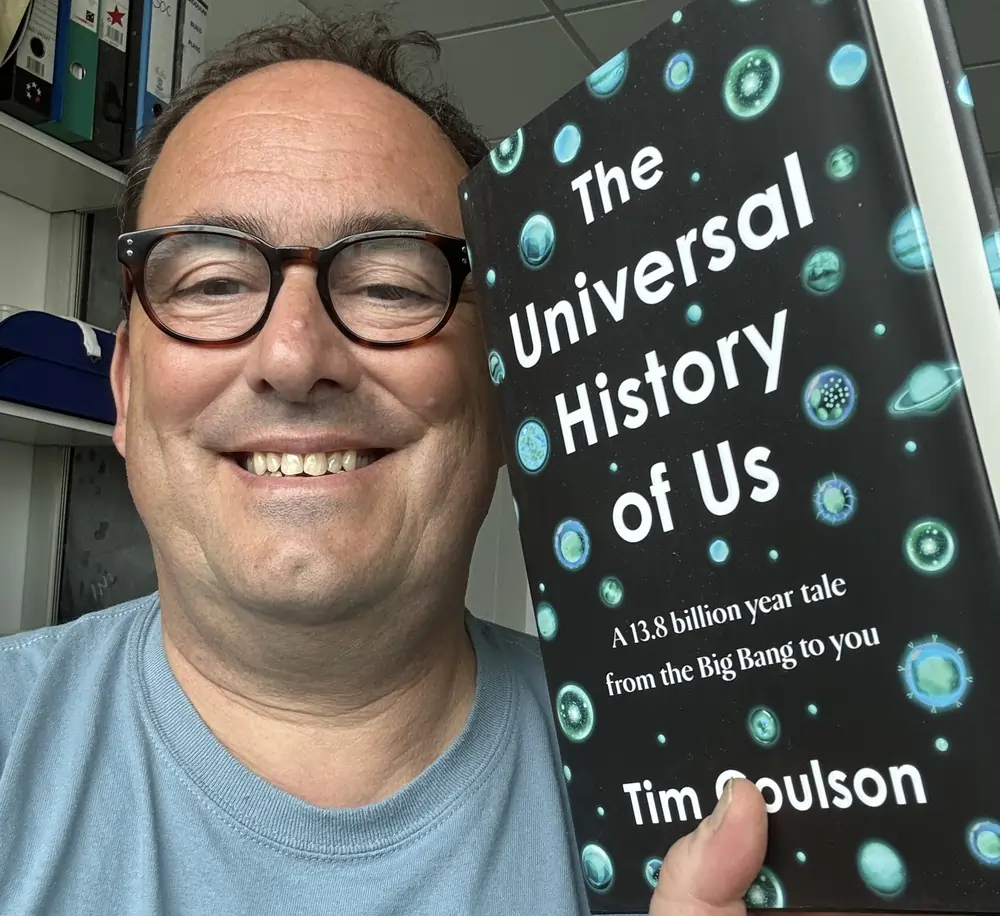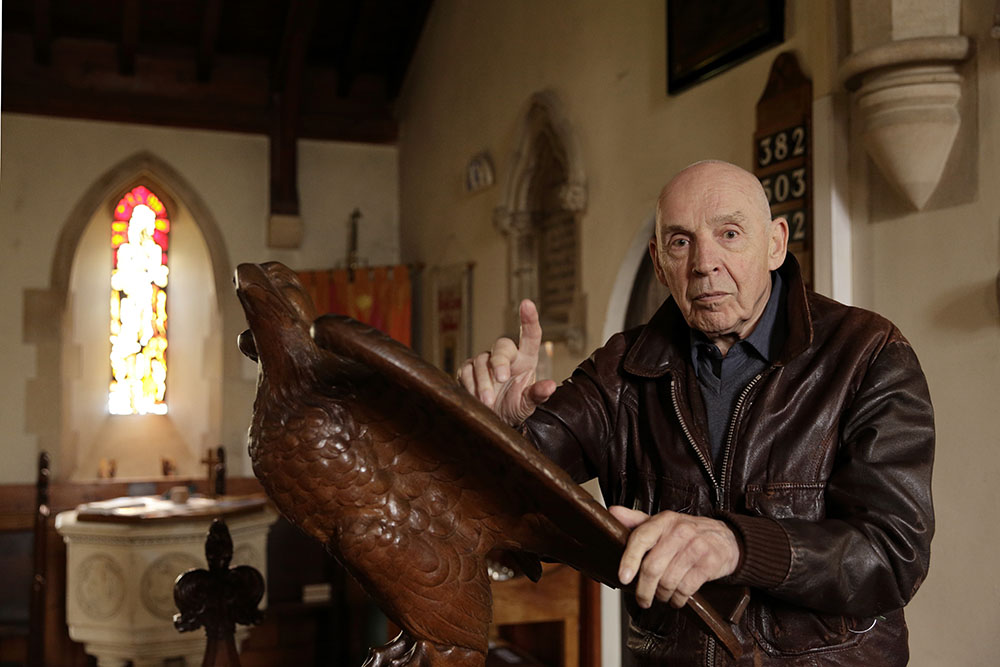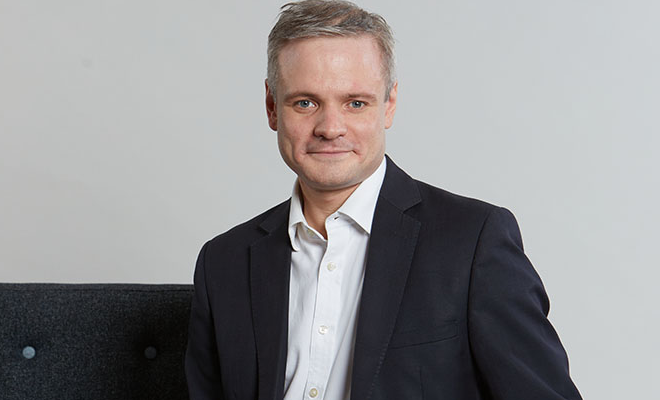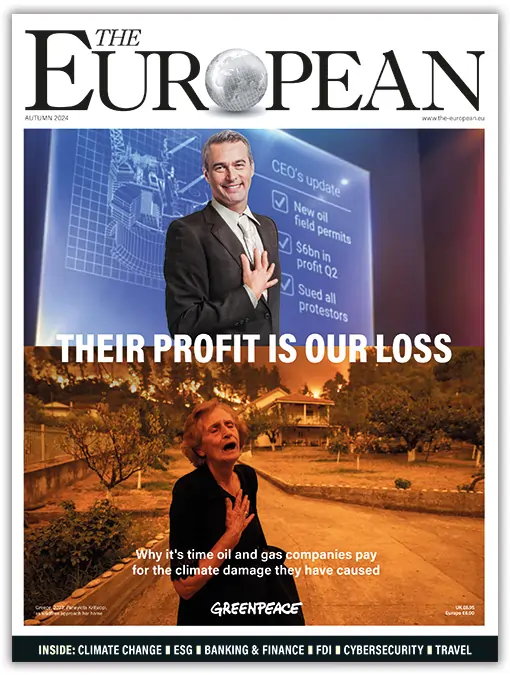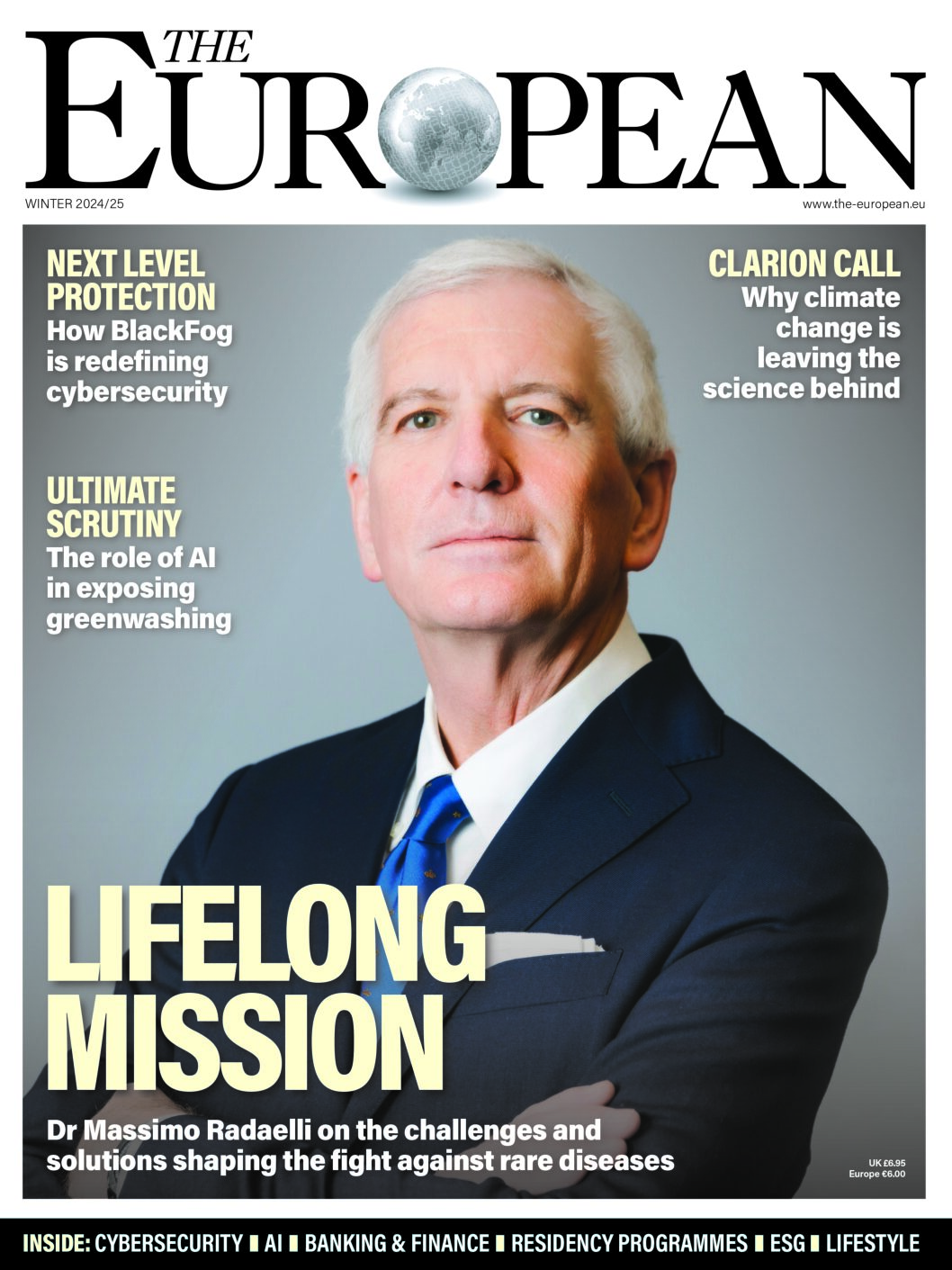Fear of failure is a mental barrier that limits progress, paralyses potential, and holds leaders back from realising their dreams, writes corporate coach, Elaine Lo
The fear of failure – or amychophobia – permeates the global business ecosystem. It affects leaders, CEOs, and managers in every sector and has reportedly prevented one-in-three adults from launching a business in the first place.
From the fear of being judged or rejected, to the fear of falling short of one’s own expectations, amychophobia often leads to decision paralysis, missed opportunities, and even giving up on goals entirely.
But however rife it may be, the fear of failure is not an insurmountable obstacle. Some of the most celebrated leaders of all time – Bill Gates and Richard Branson among them – have experienced huge failures before achieving their success. By reframing failure as an integral part of the learning process and as a catalyst for innovation, as those famous figures did, the setbacks and mistakes we make become something to expect and even embrace.
The key to overcoming the fear of failure lies in our mindset and how we approach the problem at hand. Let me give you an example. I once went rock climbing, and no matter how hard I tried, I couldn’t reach the top of the wall. I reached the crux – the hardest part of the route – and fell time and time again. After a dozen attempts, I sat down and reevaluated. I was physically capable of completing the route, but something was stopping me. That ‘something’ was my mindset. By worrying about the difficulty of the crux, I was reinforcing the habit of failing – or in this case, falling. Only after viewing the route with fresh eyes and adopting a slightly different technique was I able to overcome the problem and reach the top. It was a question of what I call ‘Head-Heart Thinking’ – integrating rational analysis with emotional insight.
In a business setting, Head-Heart thinking encourages us to balance passion with practicality and realistic assessment, thereby avoiding the pitfalls of extreme positivity or denial. It empowers us to maintain hope in the heart while taking practical steps with the head toward achieving our aspirations. Head–Heart Thinking gives us the best of both worlds: we create positive outcomes by staying hopeful, without ignoring real-world issues or becoming paralysed by fear.
Here’s how you can adopt Head-Heart Thinking in two simple steps:
Step One: Embracing the Beginner’s Mind
The Beginner’s Mind, rooted in Zen Buddhism, encourages approaching life with openness, curiosity, and a fresh perspective, free from preconceptions and judgment. It fosters creativity, growth, and a deeper connection to the present moment.
Step Two: Applying Lessons Learned
When faced with setbacks or “failures,” we can leverage these experiences to gain wisdom and improve strategically. By examining what led to the issue and approaching it differently next time, we enhance our chances of success.

Elaine Lo is a passionate advocate for personal and people development. Over the years, she has trained more than 5,000 employees from multinational corporations, small and medium-sized enterprises, educational institutions, and non-governmental organisations, helping them navigate their personal and professional journeys. Her professional credentials include being a Co-Active Coach, TKI practitioner, and FIRO-B Practitioner.
Main image: Courtesy Samantha Sophia/Unsplash











